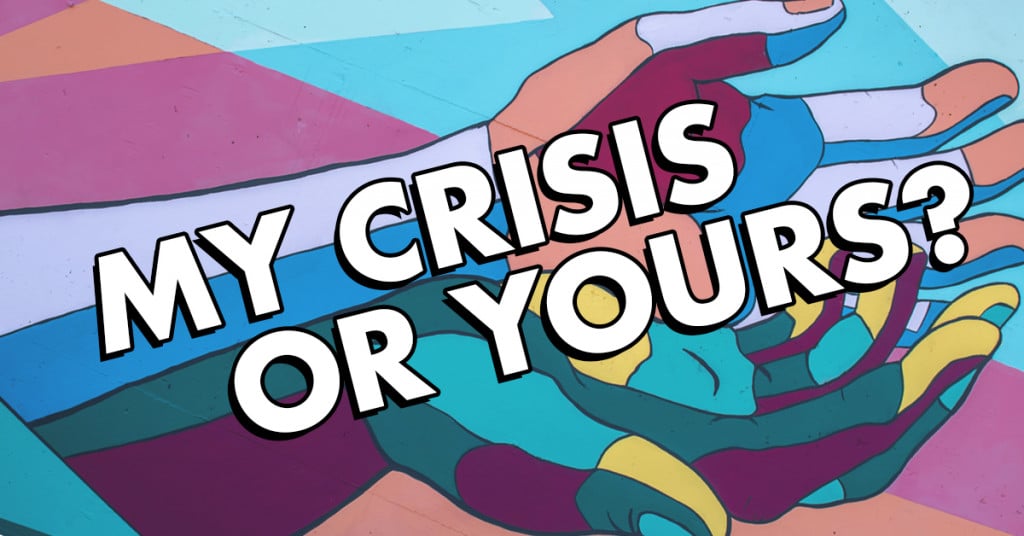According to a recent survey carried out by the Institute of Fundraising, charities expect the Covid-19 pandemic to cause an average decline of 48% in fundraised income. Yet a 43% rise in demand in services is expected as a result of the current social isolation guidelines.
Shockingly, almost three-quarters of charities fear going bust without financial support, with half of the charities surveyed by the Directory of Change already in financial difficulty.
Despite the Government’s recent announcement to provide a £750m rescue package for charities working on the frontline to help combat the pandemic, this will not be enough to stop a number of charities going under, with an estimated £4bn expected to be lost over a 12 week period.
Many charities are launching emergency appeals in response to this, but with most people confined to their own four walls with only good old snail mail and digital media connecting them to the outside world, how can they achieve stand out when the space is saturated with so many messages?
The good news is that community spirit is at an all-time high and people are becoming increasingly conscious of what other people are going through, particularly those that are more vulnerable.
Many communities have established their own social media groups offering support to those that need it most, and thousands of people have signed up as NHS Volunteers, offering on-call help with transport, delivering food and medication. In fact, the NHS has temporarily paused recruitment to process the initial 750,000 applications. And communities are joining together to thank those providing essential services.
Ways of communicating have had to evolve. Most people are working from home with potentially less access to resources, human or otherwise – making it increasingly hard to share knowledge. But it’s as important as ever to ensure that any communications adhere to best practice to avoid any damage to the brand or undue offence to individuals at this particularly sensitive time.
A good place to start is the Institute of Fundraising’s Code of Fundraising Practice https://www.fundraisingregulator.org.uk/ The rules are based on five simple principles which are that good fundraising communications should always be legal, open, honest, respectful and accountable.
The Information Commissioner’s Office (ICO) has also provided guidance on what you need to know about data protection during Covid-19 https://ico.org.uk/for-organisations/data-protection-and-coronavirus/
Messaging with Balance and Power
Messaging must be respectful and not be seen to be applying pressure:
People may be experiencing feelings of anxiety themselves at this time. We should certainly be empathetic of the challenges others are facing – some of our donors may be finding themselves in a vulnerable position themselves, especially if they live alone, suffer from any kind of disability or mental health difficulty, or may be struggling financially. It’s about balancing the power of your cause and need, with empathy of the potential donors’ situation.
Provide support, as well as asking for it
With a target audience significantly older than the average consumer, it’s key to empathise with their situation as well as telling them about the struggles others are facing. Perhaps this could be a good time to send out an engaging newsletter, either in the post or via email.
As well as providing updates about how the charity and the people they are helping are being affected by Covid-19 over and above the usual challenges, consider some engaging content for people that may be suffering from isolation and loneliness themselves. From Sudoku to recipes using minimal ingredients to tips and advice and where to go to for support themselves – this can enhance supporters’ perception of the brand.
Why should I give?
Establish a clear case for support that fits in with your mission and values, which may well need to change in the current environment. If you have work in progress and/or are working to communications plans created before the pandemic, you must sense check the wording, images, and messages to ensure they are still appropriate in today’s constantly changing environment.
You need to articulate as simply as possible why you are asking for support, which is likely to have changed during Covid-19 and make asks as tangible as possible, so people understand exactly what the need is, and where they fit in. People give to people (and animals) to alleviate suffering, so dialling up the human element is vital – there’s no-one better to tell a story than a storyteller, so consider featuring the people whose lives will be touched as a result of their help.
Build your digital presence
Whilst Direct Mail has always and continues to be a responsive channel for fundraising, with limited budgets and the urgency required to get donations in quickly, it may be worth considering increasing the use of digital channels within your communications mix to send out targeted messages whilst screen based consumption is at its peak.
Whilst the traditional ‘Dorothy Donor’ may not be the most digital savvy, even the more technology-resistant are using the internet and social media platforms to compensate for being socially isolated. Whether that be for ordering food and household essentials, keeping in touch with friends and family, or entertainment (even EastEnders has had to pause filming.)
However, it’s more important than ever to create content worthy of sharing. If it’s not innovative, interesting, entertaining, heart-wrenching or engaging – it won’t be seen, let alone shared.
Please see an example of a recent campaign we have created for the Vision Foundation here:
Vision Foundation – Blind Lockdown Life
“Just wanted to add my sincere thanks to all involved. I’m aware how much people went over and above to make this campaign happen and I’m incredibly pleased with the results.
Thank you for working so hard, focusing on the end game and helping to get the stories of the sight loss community cascaded at this time.”
Keep talking to existing supporters
As many people currently have more time on their hands than normal, there couldn’t be a better time to communicate with your existing supporters. So it’s important to keep stewarding them as well as reaching out to new audiences. Research says that most people support a least 4 charities so make sure you continue to be front of mind, now and in the future to maintain your share of wallet.
And remember – a thank you goes a long way.


